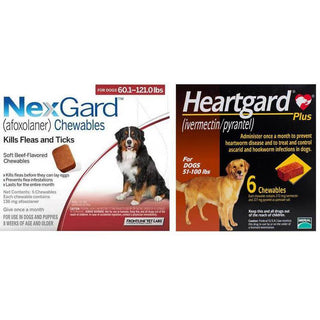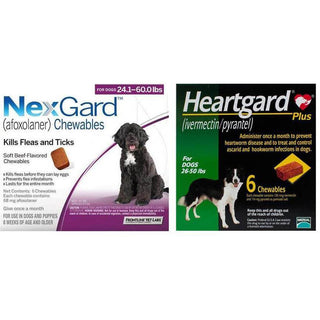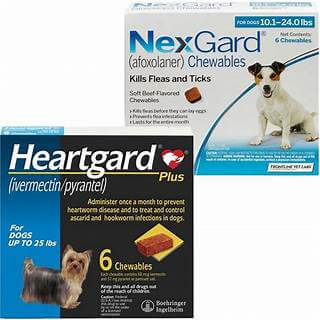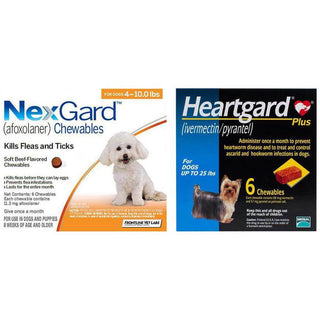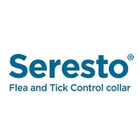
Just like humans, cats can also suffer from acne — yes, those tiny black spots or bumps on your feline’s chin are not just dirt. Feline acne, also known as cat acne, is a common skin condition that can affect cats of all ages and breeds. While it’s usually mild, if left untreated, it can become painful or lead to secondary infections. In this article, we’ll explain what cat acne is, its causes, symptoms, and the best treatment and prevention tips to keep your cat’s skin healthy.
What Is Cat Acne?
Cat acne occurs when the hair follicles on your cat’s chin or lower lip become clogged with excess oil (sebum), dead skin cells, or dirt. These blockages can form blackheads (comedones) and sometimes turn into red, inflamed pimples or pustules. It’s most common on the chin area because cats have more sebaceous (oil) glands there.
Although the condition is typically harmless, it can cause discomfort and itching. In severe cases, your cat may develop swelling, oozing sores, or scabs that require veterinary attention.
Common Causes of Cat Acne
Cat acne can have several underlying causes, and understanding them can help you prevent future flare-ups. Below are some of the most common triggers:
1. Poor Grooming Habits
Cats are known for being clean animals, but sometimes they may overlook certain areas, such as the chin. This leads to a buildup of oil, dirt, and bacteria that can clog hair follicles.
2. Plastic Food and Water Bowls
Plastic bowls can trap bacteria in microscopic scratches, which easily transfer to your cat’s chin during eating or drinking. This is one of the most common causes of feline chin acne. Using stainless steel or ceramic food and water bowls can significantly reduce the risk of your cat developing acne.
3. Overactive Sebaceous Glands
Some cats naturally produce more sebum (oil) than others. This excess oil can accumulate on the skin’s surface, leading to clogged pores and pimples.
4. Stress
Anxiety and stress can cause hormonal changes in cats that lead to increased oil production, similar to what occurs in humans.
5. Allergies
Environmental or food allergies can contribute to skin irritation and acne flare-ups. Common allergens include certain ingredients in cat food, cleaning products, or dust mites.
6. Weakened Immune System
Cats with compromised immunity due to illness or medications may be more prone to skin infections, including acne.
Symptoms of Cat Acne
Recognizing the signs early can help you treat cat acne before it worsens. Some common symptoms include:
- Tiny black dots (blackheads) on the chin or lips
- Red bumps or pustules (pimples)
- Swollen, irritated skin
- Hair loss around the affected area
- Scabs or crusty lesions
- Your cat frequently rubs or scratches their chin
In advanced cases, you may notice bleeding sores or a foul odor due to bacterial infection. If that happens, it’s best to see your veterinarian for professional treatment.
Diagnosis of Cat Acne
Your veterinarian will typically perform a physical examination of your cat’s chin and may run tests to rule out other skin conditions, such as mites, fungal infections, or ringworm. Sometimes, your veterinarian may perform a skin scraping or take a bacterial culture to accurately diagnose the condition and decide on the most effective treatment plan.
How to Treat Cat Acne
The approach to treatment varies depending on the severity of the acne. Mild cases can usually be handled with simple home care, but more severe infections may need veterinary-prescribed medication for proper healing.
1. Keep the Area Clean
Gently clean your cat’s chin once or twice a day using a pet-safe antiseptic solution or medicated wipes recommended by your vet. This helps remove excess oil and bacteria.
2. Use Stainless Steel or Ceramic Bowls
Replace plastic bowls with stainless steel or glass dishes and wash them daily with mild soap and hot water. This simple change can significantly reduce the recurrence of acne.
3. Topical Treatments
Your veterinarian may prescribe a topical antibiotic ointment or medicated shampoo containing ingredients like chlorhexidine or benzoyl peroxide (in low concentrations safe for cats). These help control bacteria and clear clogged pores.
4. Warm Compress
Applying a warm, damp cloth to the affected area for a few minutes can help reduce inflammation and encourage healing. Make sure the fabric is clean and not too hot.
5. Dietary Adjustments
If acne is linked to food or environmental allergies, your vet may suggest switching to a hypoallergenic diet or conducting allergy testing to identify triggers.
6. Avoid Picking or Squeezing Pimples
Never attempt to squeeze your cat’s pimples — it can cause pain, spread infection, and worsen inflammation.
7. Oral Medications (Severe Cases)
In persistent or infected cases, your veterinarian may prescribe oral antibiotics or anti-inflammatory medications to control infection and reduce swelling.
Home Care Tips to Prevent Cat Acne
Once your cat’s acne has healed, prevention is key. Here are simple steps to help keep your cat’s skin clear:
- Clean food and water bowls daily.
- Gently wipe your cat’s chin after meals to remove food residue.
- Groom your cat frequently to eliminate loose hair and dead skin cells
- Ensure they receive a well-balanced diet that promotes strong, healthy skin.
- Reduce stress by maintaining a calm and consistent environment.
- Avoid using harsh cleaning chemicals near your cat’s feeding area.
When to See the Vet
If your cat’s acne doesn’t improve after a week of home treatment or if you notice swelling, oozing, or pain, consult your veterinarian. Early treatment can prevent infection and scarring.
Conclusion
Cat acne may look alarming, but with proper care and hygiene, it’s easy to manage. Consistent cleaning, switching to stainless steel dishes, and following a veterinarian-recommended skincare routine can significantly improve your cat’s skin health. Every cat is unique, so it's essential to consult your veterinarian for personalized advice.
When you identify and manage the underlying causes of cat acne, your cat can enjoy healthier skin and stay relaxed, happy, and free from breakouts.


